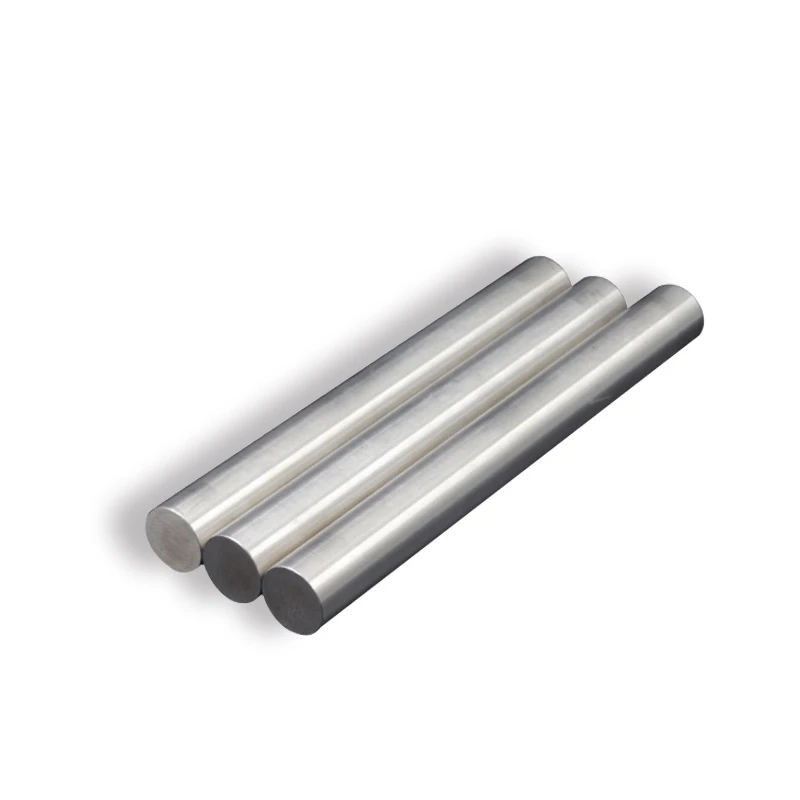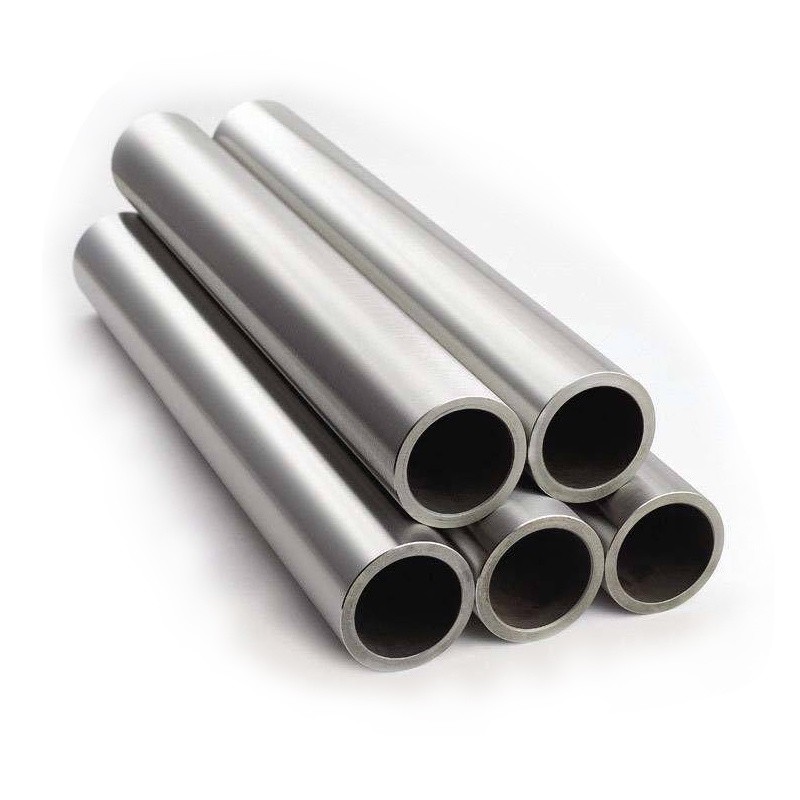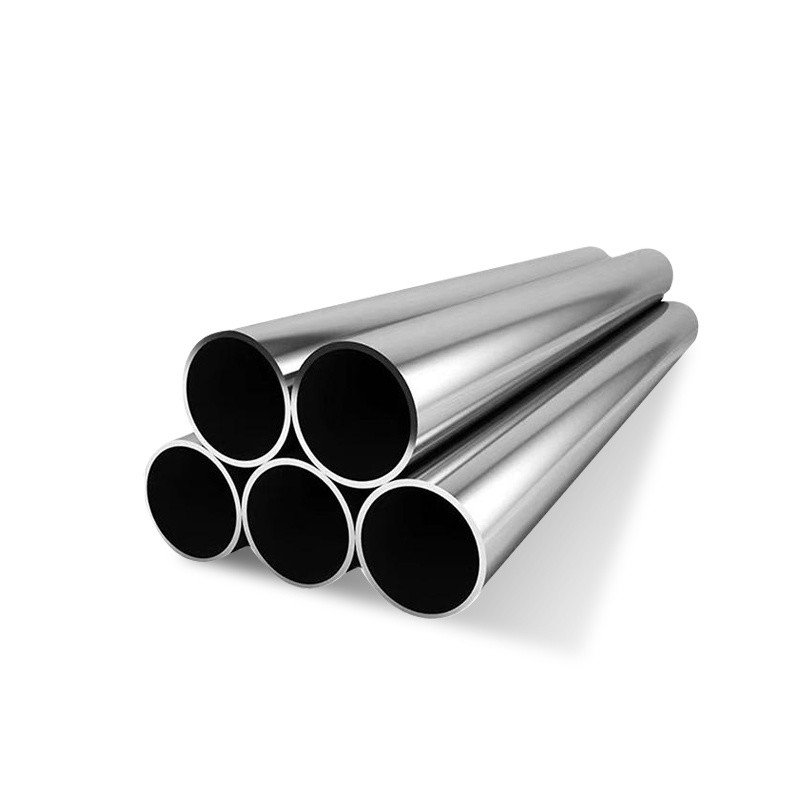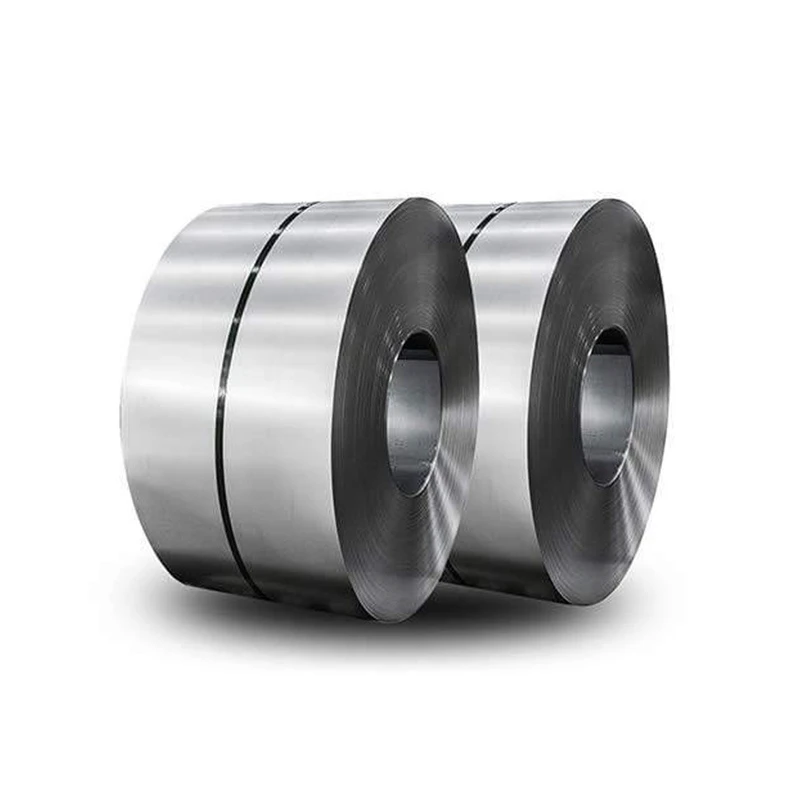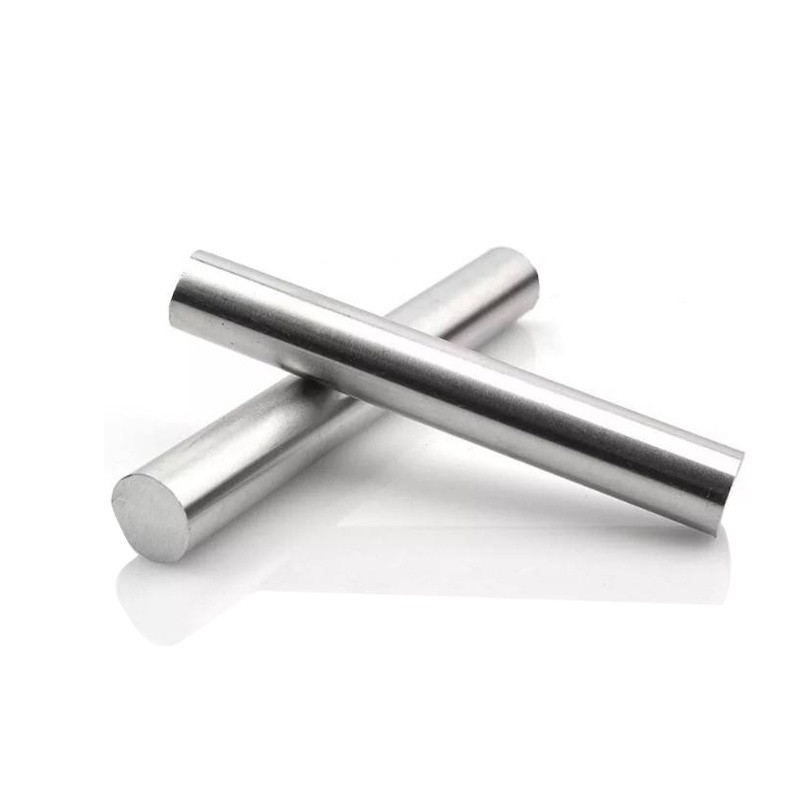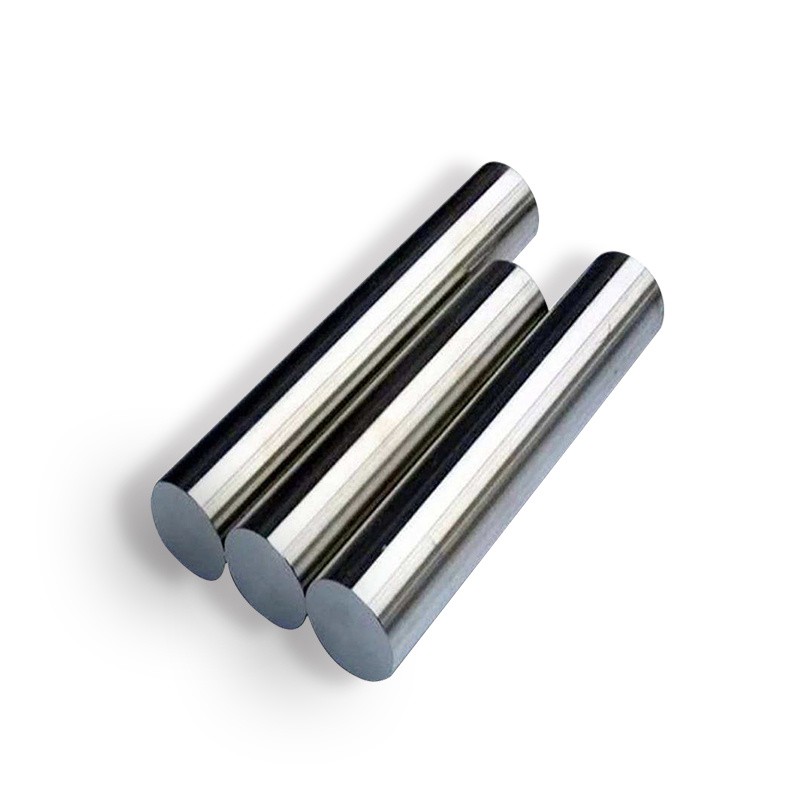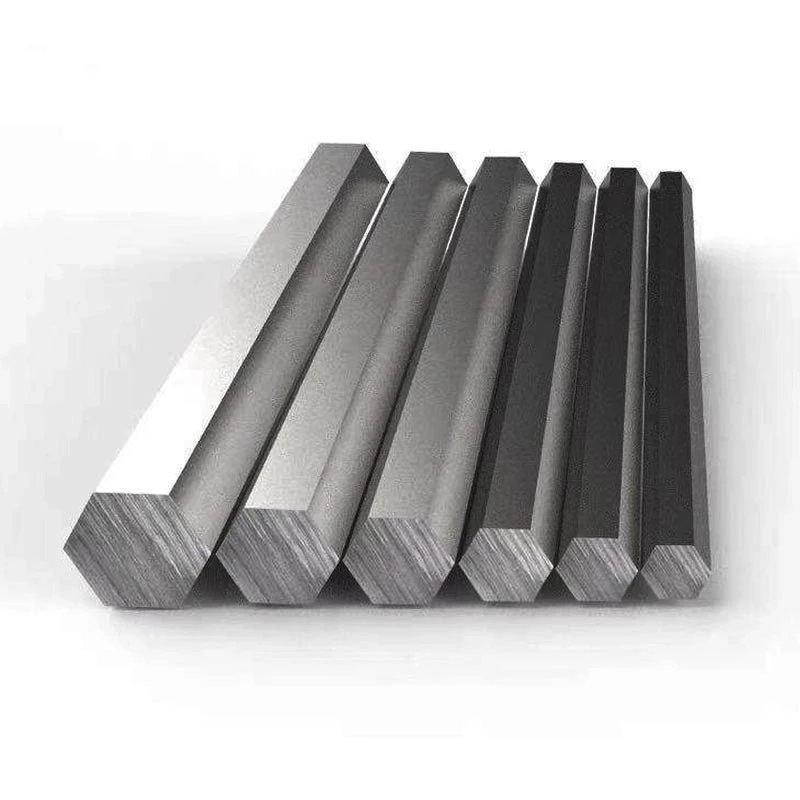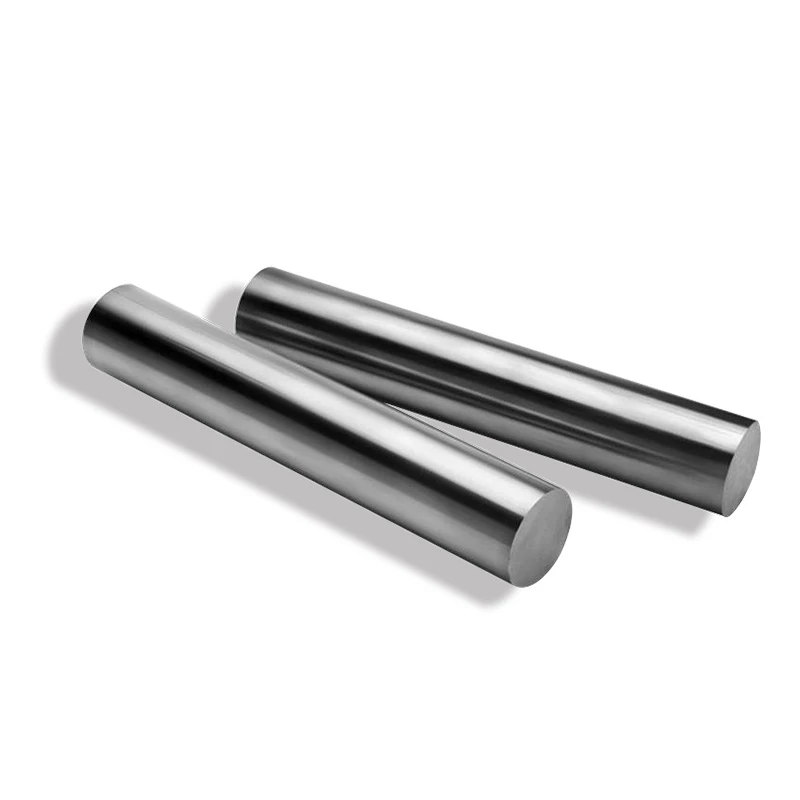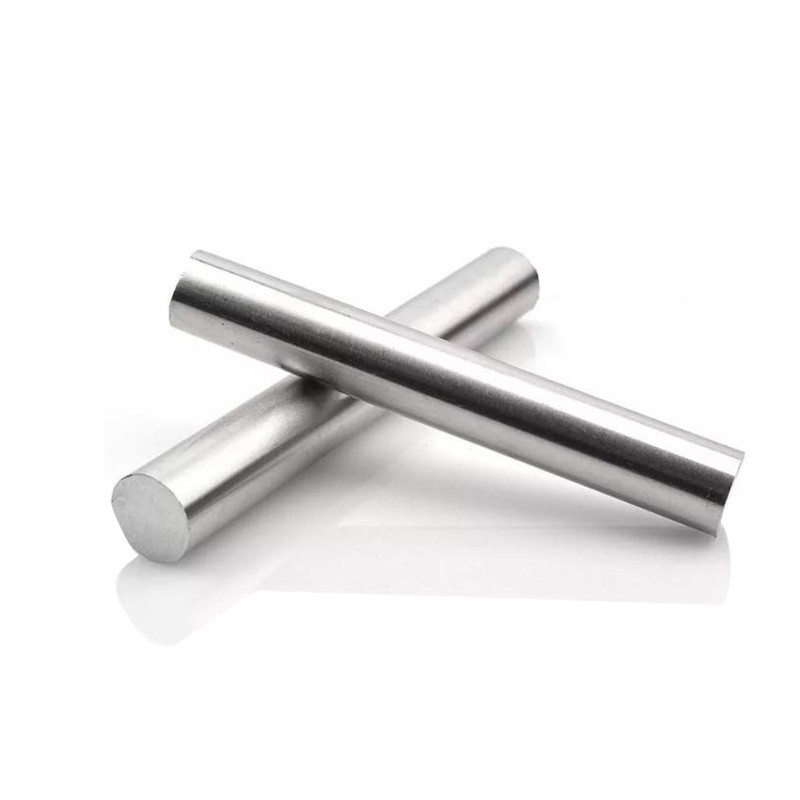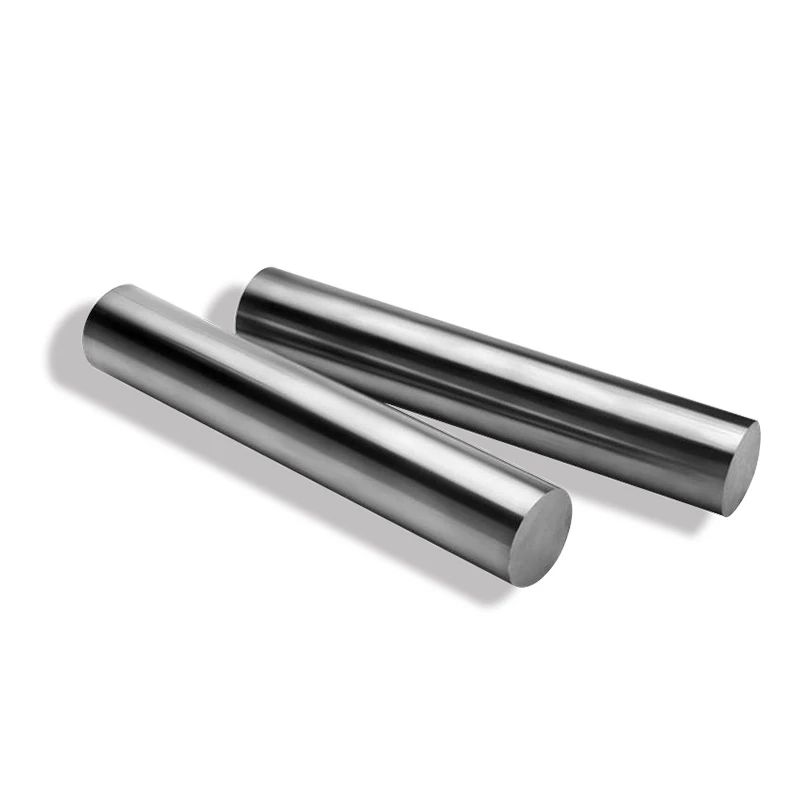
CATEGORIES
FEATURED PRODUCTS
201 Stainless Steel Bar
We offer this product and related grades with 100% factory direct pricing and free quotes available within 24 hours.
APPLICATION SCENARIOS

OUR ADVANTAGE

Certificate of Honor

PARTNER

Our Factory

Understanding the elemental composition of 201 stainless steel is paramount to appreciating its unique characteristics. Unlike its counterparts, 201 stainless steel is an austenitic chromium-nickel-manganese alloy. The deliberate inclusion of manganese and nitrogen partially replaces the more expensive nickel, thereby offering a more economical solution without significantly compromising key mechanical properties. This strategic substitution is what truly sets 201 apart in the stainless steel family.
Mechanical Properties: Strength and Durability Unveiled
The mechanical properties of 201 stainless steel bar are a critical factor in its widespread adoption. We’ve meticulously analyzed its tensile strength, yield strength, elongation, and hardness to provide a complete picture of its performance under various stresses. These properties are not merely numbers; they represent the alloy’s capacity to withstand rigorous industrial demands, ensuring longevity and reliability in challenging environments.
|
Property |
Imperial Units |
Metric Units |
Standard |
|
Tensile Strength |
95,000 psi (min) |
655 MPa (min) |
ASTM A276 |
|
Yield Strength |
50,000 psi (min) |
345 MPa (min) |
ASTM A276 |
|
Elongation |
40% (min) |
40% (min) |
ASTM A276 |
|
Hardness (Rockwell B) |
95 max |
95 max |
ASTM A276 |
Note: These values are typical and may vary based on specific manufacturing processes and heat treatment. Always refer to the specific material test report for precise figures.
Chemical Composition: The Blueprint of Resistance
The precise chemical composition of 201 stainless steel is the bedrock of its resistance to corrosion and its overall structural integrity. The synergistic effects of chromium, manganese, and nitrogen contribute to its robust performance. It’s a delicate balance, where each element plays a crucial role in enhancing the alloy’s resilience against environmental degradation.
|
Element |
Weight (%) (Typical Range) |
|
Carbon (C) |
0.15 max |
|
Manganese (Mn) |
5.50 – 7.50 |
|
Chromium (Cr) |
16.00 – 18.00 |
|
Nickel (Ni) |
3.50 – 5.50 |
|
Nitrogen (N) |
0.25 max |
|
Silicon (Si) |
1.00 max |
|
Phosphorus (P) |
0.060 max |
|
Sulfur (S) |
0.030 max |
This composition adheres to common industry standards for 201 stainless steel.
Physical Properties: Beyond Mechanical Strength
Beyond its mechanical prowess, the physical properties of 201 stainless steel bar further define its utility. Density, thermal conductivity, and electrical resistivity are crucial considerations for applications where temperature regulation and electrical characteristics are paramount. We must consider these factors when designing components that will operate in diverse thermal and electrical environments.
|
Property |
Value |
|
Density |
7.82 g/cm³ |
|
Melting Range |
1398-1420 (2550-2590) |
|
Electrical Resistivity |
73 microhm-cm |
|
Thermal Conductivity |
16.3 |
|
Specific Heat |
0.5 |
|
Modulus of Elasticity |
197 GPa |
Corrosion Resistance: Navigating Aggressive Environments
The corrosion resistance of 201 stainless steel, while not as robust as 304 in all scenarios, is still remarkably effective for a wide range of applications. It exhibits good resistance to many corrosive media, particularly in mild atmospheric conditions and in environments where chloride exposure is minimal. However, we acknowledge that it is more susceptible to pitting and crevice corrosion in environments with high chloride concentrations compared to its higher-nickel counterparts. It’s a trade-off, certainly, but one that often makes economic sense. We often advise our clients to carefully assess the corrosive environment before selecting 201 stainless steel for critical applications. For example, a study published in the Journal of Materials Engineering and Performance demonstrated that 201 stainless steel exhibits comparable corrosion resistance to 304 stainless steel in less aggressive environments, but its performance significantly decreases in chloride-rich solutions (Source: JMEP, Volume 26, Issue 1, pp 1-10, 2017).
Fabrication and Machinability: Shaping the Future
The ease with which a material can be fabricated and machined is a significant factor in its overall cost-effectiveness. 201 stainless steel bar demonstrates good formability and can be readily drawn, formed, and spun. Its work-hardening rate is high, which can be advantageous for applications requiring increased strength after forming. When it comes to machining, while it can be processed using standard techniques, its work-hardening characteristic does necessitate proper tooling and machining parameters to achieve optimal results and extend tool life. We’ve found that using sharp tools and slower speeds often yields the best outcomes.
Applications: Where 201 Stainless Steel Bar Shines
The versatility of 201 stainless steel bar allows it to be employed across a broad spectrum of industries. Its blend of strength, corrosion resistance, and affordability makes it an attractive choice for numerous products and structures. Where do we see it most often? In everything from kitchenware and appliances to automotive trim and architectural elements. Its presence is ubiquitous in manufacturing sectors that prioritize cost-effectiveness without sacrificing essential performance. Moreover, its application in fasteners and structural components further underscores its utility. For instance, data from the Stainless Steel Industry of North America indicates a consistent demand for 201 stainless steel in the construction and consumer goods sectors, accounting for approximately 15% of total stainless steel consumption (Source: SSINA Annual Report, 2023).
Comparing 201 Stainless Steel to its Counterparts: A Strategic Choice
To truly appreciate the value of 201 stainless steel, it’s essential to compare it with its more common brethren, particularly 304 stainless steel. This comparison highlights the specific scenarios where 201 offers a distinct advantage, primarily driven by its lower cost due to reduced nickel content. We often face the question: “When should I choose 201 over 304?” The answer, as we’ve discovered, lies in a careful assessment of the application’s demands for corrosion resistance, formability, and budget constraints.
|
Feature |
201 Stainless Steel |
304 Stainless Steel |
|
Nickel Content |
Lower (3.5-5.5%) |
Higher (8.0-10.5%) |
|
Manganese Content |
Higher (5.5-7.5%) |
Lower (2.0% max) |
|
Cost |
Generally more economical |
Generally more expensive |
|
Corrosion Resistance |
Good, but less resistant to pitting and crevice corrosion in chloride environments |
Excellent, especially in corrosive environments |
|
Formability |
Good, but higher work-hardening rate |
Excellent, lower work-hardening rate |
|
Weldability |
Good, but requires careful consideration of heat input |
Excellent |
|
Applications |
Kitchenware, appliances, automotive trim, structural components where cost is a major factor |
Food processing equipment, chemical containers, architectural applications in more aggressive environments |
This table provides a snapshot, but the nuances are critical. For instance, while 201 is more economical, its reduced corrosion resistance in certain environments can lead to premature failure if not selected judiciously. It’s truly a balancing act.
Adherence to Standards: Ensuring Quality and Reliability
Our commitment to quality is unwavering, and this extends to ensuring that our 201 stainless steel bar products meet or exceed the most stringent industry standards. Adherence to these specifications guarantees consistency, reliability, and performance across diverse applications. We rigorously comply with:
-
ASTM A276 / A276M: Standard Specification for Stainless Steel Bars and Shapes. This standard covers hot-finished or cold-finished bars, except bars for reforging.
-
ASTM A666: Standard Specification for Annealed or Cold-Worked Austenitic Stainless Steel Sheet, Strip, Plate, and Flat Bar. While primarily for sheet and strip, it often informs the processing of flat bars.
-
EN 10088-3: Stainless Steels – Part 3: Technical delivery conditions for semi-finished products, bars, rods, wire, sections and bright products of corrosion resisting steels for general purposes. This European standard is widely recognized globally.
-
JIS G4303: Stainless Steel Bars. This Japanese Industrial Standard specifies the requirements for stainless steel bars for general purposes.
These standards are not merely guidelines; they are the bedrock of trust and performance in the metallurgical industry. We ensure our products consistently meet these benchmarks, giving our clients peace of mind.
Frequently Asked Questions (FAQ)
1. What are the primary advantages of using 201 stainless steel bar?
We often highlight its cost-effectiveness due to lower nickel content, coupled with good mechanical strength and formability. It’s a compelling choice when budget is a significant factor, yet a degree of corrosion resistance is still required.
2. Can 201 stainless steel be welded?
Yes, 201 stainless steel can be welded using common welding techniques, such as shielded metal arc welding (SMAW) or gas tungsten arc welding (GTAW). However, we recommend careful control of heat input to prevent sensitization and potential intergranular corrosion. Post-weld annealing can also improve corrosion resistance.
3. Is 201 stainless steel magnetic?
Typically, annealed 201 stainless steel is non-magnetic in its austenitic state. However, cold working can induce some martensitic transformation, which may result in slight magnetism. This is a common characteristic of many austenitic stainless steels when subjected to cold deformation.
4. What are the key differences in corrosion resistance between 201 and 304 stainless steel?
The primary difference lies in their resistance to pitting and crevice corrosion, particularly in chloride-rich environments. 304, with its higher nickel content, generally offers superior corrosion resistance in more aggressive conditions. 201 performs well in milder atmospheric and freshwater environments.
5. What are some common applications where 201 stainless steel bar is preferred over 304?
We often see 201 chosen for kitchen sinks, household appliances, automotive trim, railway cars, and architectural applications where the environment is less corrosive and cost is a significant driver. It’s an excellent choice for non-critical structural components too.
6. How does the work-hardening rate of 201 stainless steel affect its processing?
The high work-hardening rate of 201 means it becomes stronger and harder when it’s cold worked. This can be beneficial for strength, but it also means that more power may be required for forming operations, and intermediate annealing might be necessary for extensive cold forming to avoid cracking. When machining, it can lead to rapid tool wear if not properly managed.







